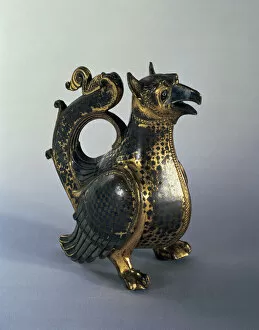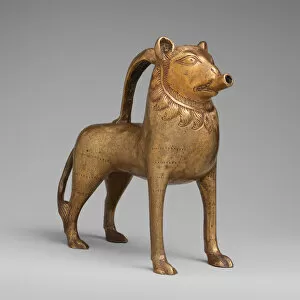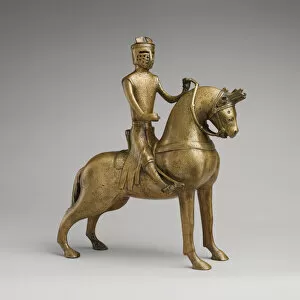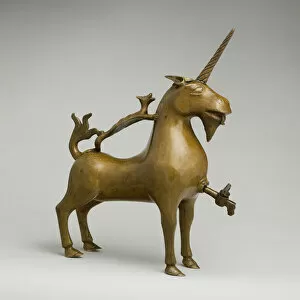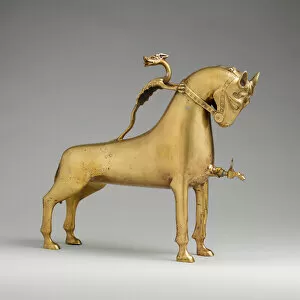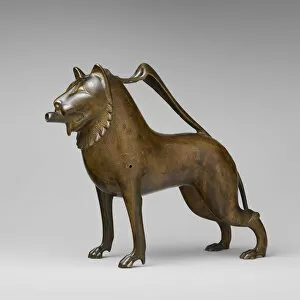Aquamanile Collection
Aquamanile: Marvels of Medieval Metalwork Step into the enchanting world of medieval art with aquamaniles
All Professionally Made to Order for Quick Shipping
Aquamanile: Marvels of Medieval Metalwork Step into the enchanting world of medieval art with aquamaniles, exquisite water vessels that captivated the imaginations of craftsmen and collectors alike. These ornate creations were not just practical jugs but also intricate sculptures, showcasing the remarkable skill and creativity of their creators. One such masterpiece is the Aquamanile in the Form of a Lion from Germany, crafted around 1350 by an unknown artist. This lion-shaped vessel exudes power and elegance, with its meticulously detailed mane and fierce expression. It stands as a testament to the craftsmanship prevalent during this period. Another awe-inspiring piece is the Aquamanile in the Form of an Eagle, created between 796-97 using bronze, silver, and copper. The majestic eagle perched atop a vessel symbolizes strength and freedom while displaying exceptional metalworking techniques. Intriguingly shaped like mythical creatures, some aquamaniles transport us to fantastical realms. Take for instance the Water jug in the shape of a griffin from early 12th century Germany. Crafted from gilt bronze with niello embellishments, it embodies both gracefulness and ferocity. The Aquamanile in the Form of a Mounted Knight transports us back to medieval chivalry. Created around 1250 by an anonymous German artisan, this knight on horseback serves as both functional object and decorative artwork – reminding us of tales filled with valorous knights embarking on epic quests. Unicorns have always fascinated humanity's imagination; thus it comes as no surprise that they found their way into aquamaniles too. The Aquamanile in the Form of a Unicorn from Germany (1425-50) showcases delicate details that bring this mythical creature to life once more. Not all aquamaniles depict animals or mythological beings; some take inspiration from human figures instead.



